INTEGRATED VALVE SYSTEMS ELIMINATE DISADVANTAGES OF CONVENTIONAL AUTOMATION CONCEPTS IN HYGIENIC PROCESSES
8th July 2010
Source:
Burkert Fluid Control Systems
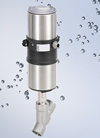
With the development of practical solutions that integrate automation functions into the pneumatic actuators of process valves, decentralised automation systems have become a real alternative to control cabinet systems in many process sectors. Food and beverage producers, as well as companies in the pharmaceutical and cosmetics sectors are now in a position to reconcile the commercial necessity of a high degree of automation of their production with the requirements of hygiene and safety. Thanks to their modular structure, systems based on intelligent process valves can be adapted to suit many situations and applications, whereby such optimised solutions are always based on high-quality, tried and tested components with a long service life.
In the production of food, beverages, medicines and cosmetics, the statutory requirements of HACCP (Hazard Analysis and Critical Control Points) for food processing, and GMP (Good Manufacturing Practice) for FDA-compliant processes in the pharmaceutical industry, set the most stringent standards as regards cleanliness, safety and product quality. In addition, all processes must be constantly monitored and documented. At the same time, in an increasingly competitive global environment, companies are compelled to make their production processes as efficient and cost-effective as possible. Consequently, there is an ever increasing demand for automation at the process level.
In the field of process valves, conventional automation solutions, including control cabinets with valve terminals, I/O systems and field bus connections, require extensive and costly tube connections and wiring. With this technology, the valves at field level are connected to the control unit in the control cabinet through a large number of extended pneumatic control lines and discrete feedback connections. In many cases, long control air lines increase the air consumption and have a negative effect on the switching times of the valves. In addition, apart from the high costs for planning and installation of such solutions, there are also concerns as regards hygiene. According to HACCP, every additional control air and feedback line within the production plant is a potential source of contamination and risk, and must therefore be monitored, serviced and cleaned regularly, which is a costly undertaking.
The use of innovative intelligent process valves eliminates these problems, as automation functions - pilot valves, electrical and optical position feedback and field bus interfaces - are integrated directly into the actuators of process valve. This approach, based upon the principle of decentralised automation, minimises the number of cables and compressed air lines. In addition, the concept is extremely flexible and provides a number of further advantages.
With integrated intelligent valve systems, the process control system is only in charge of centralised control and status monitoring. At field level, pneumatically operated process valves are used, which can be equipped with all the required automation components: pilot valves with manual actuation, electrical feedback and optical status indication units, fieldbus interfaces - and even positioners and process controllers. Plants based on such decentralised automation systems are therefore working with complete intelligent valve systems.
By integrating an AS interface as a fieldbus interface, the entire range of advantages of the intelligent valve approach can be fully utilised. All that is required for power supply, feedback and communications is a two-wire connection, interfacing the PLC with up to 62 valves. Each process valve is connected directly to the main compressed air supply line in the field, reducing the number and length of tube and cable connections, as well as the number of required control cabinets to a minimum. The valve systems themselves are designed according to the EHEDG guidelines for hygienic design and easy cleaning: they feature the high IP protection required by the actual application, and are made exclusively of detergent-proof materials. As a result, they are not affected by prolonged use in environments with high levels of humidity, or by frequent cleaning cycles with aggressive chemicals.
In comparison to conventional automation solutions, the intelligent valve design delivers real progress in terms of improved hygiene. In addition, there are other major advantages, in respect of reduced electrical wiring and fewer control air lines. Moreover, even prior to commissioning, users benefit from the decentralised concept, as it simplifies project planning and allows for more flexible solutions, thanks to easier integration of the process and automation levels. This also applies to the subsequent installation, commissioning and maintenance. A clearly visible status indicator integrated into the fitting allows the operator to monitor processes and the operating status of valves, not only at a central point at control level but also directly at the fitting itself.
Intelligent Valve System Design
With conventional automation by means of control cabinet solutions, the drivers used in the plant must already be equipped with a device for electrical feedback. Innovative valve systems go further and cater for the integration of pilot valves with manual actuation, optical position indicators and other automation functions inside compact, hygienic and easy- to- clean stainless steel housings. Depending on the application, users can choose between different equipment and configuration options. The wide range of available options includes mechanical limit switches, inductive proximity switches and NAMUR initiators as well as mechanical position indicators and self-teaching limit position feedback modules with inductive linear displacement transducers.
At the lower end, decentralised automation based on intelligent valve systems starts with a process valve with integrated electrical feedback, simple optical feedback and integrated pilot valve. Such systems already eliminate valve terminals in control cabinets. Moving up one step in the modular valve program, users can benefit from the previously described advantages of decentralised automation. In addition to the electrical feedback and the pilot valve, these solutions include large-size high-performance colour LEDs for improved optical feedback, facilitating process monitoring at field level, and an optional AS interface serving as a fieldbus interface, whereby all these features are integrated into the valve system. These systems also integrate an analogue displacement transducer, replacing two conventional initiators or micro switches. The limit position is thus adjusted reliably and automatically through a teach function, rather than manually.
Process valves integrating intelligent valve design require only minimum space, and can, therefore, be easily installed in the pipeline systems of any plant. As they are made in highly resistant materials, they are easy to clean and provide maximum availability thanks to excellent functional safety. This high level of functional safety is mainly due to the integrated control air supply to the operator chambers, which ensures that the spring chamber of the pneumatic driver is also supplied exclusively with clean control air. Moisture, dust and contaminants in the ambient air cannot enter the drive units. This, in turn, effectively prevents contamination of the piston seals and corrosion of the drive springs caused by cleaning solutions entering the housing. There is also no risk of moisture entering the feedback module or the control head along the spindle extension. While this considerably prolongs the service life of the driver, this design also has a positive effect on the hygiene of the process.
As product cannot enter the driver, both the spreading of germs and contamination of the driver by mould are effectively prevented. There is also no risk of funga
Similar articles
More from Burkert Fluid Control Systems
- Continuous water quality analysis for boreholes 6th July 2020
- Controller delivers precision microlitre dosing 14th May 2020
- Multi-medium testing facility for fluidic components 19th March 2020
- Micro precision for time-pressure dosing 10th December 2019

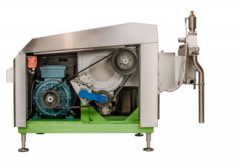
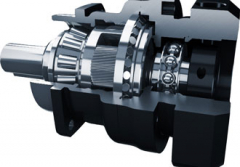
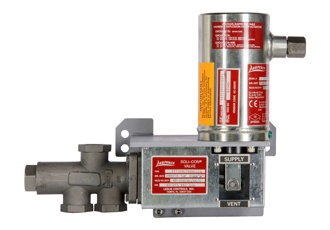
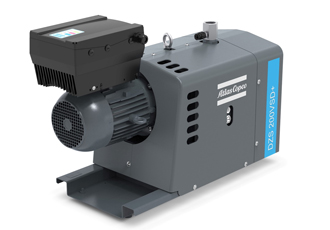
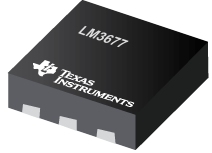

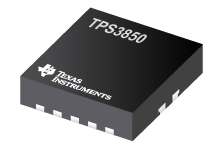
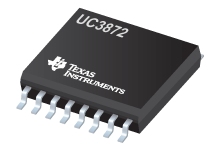

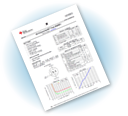

Write a comment
No comments